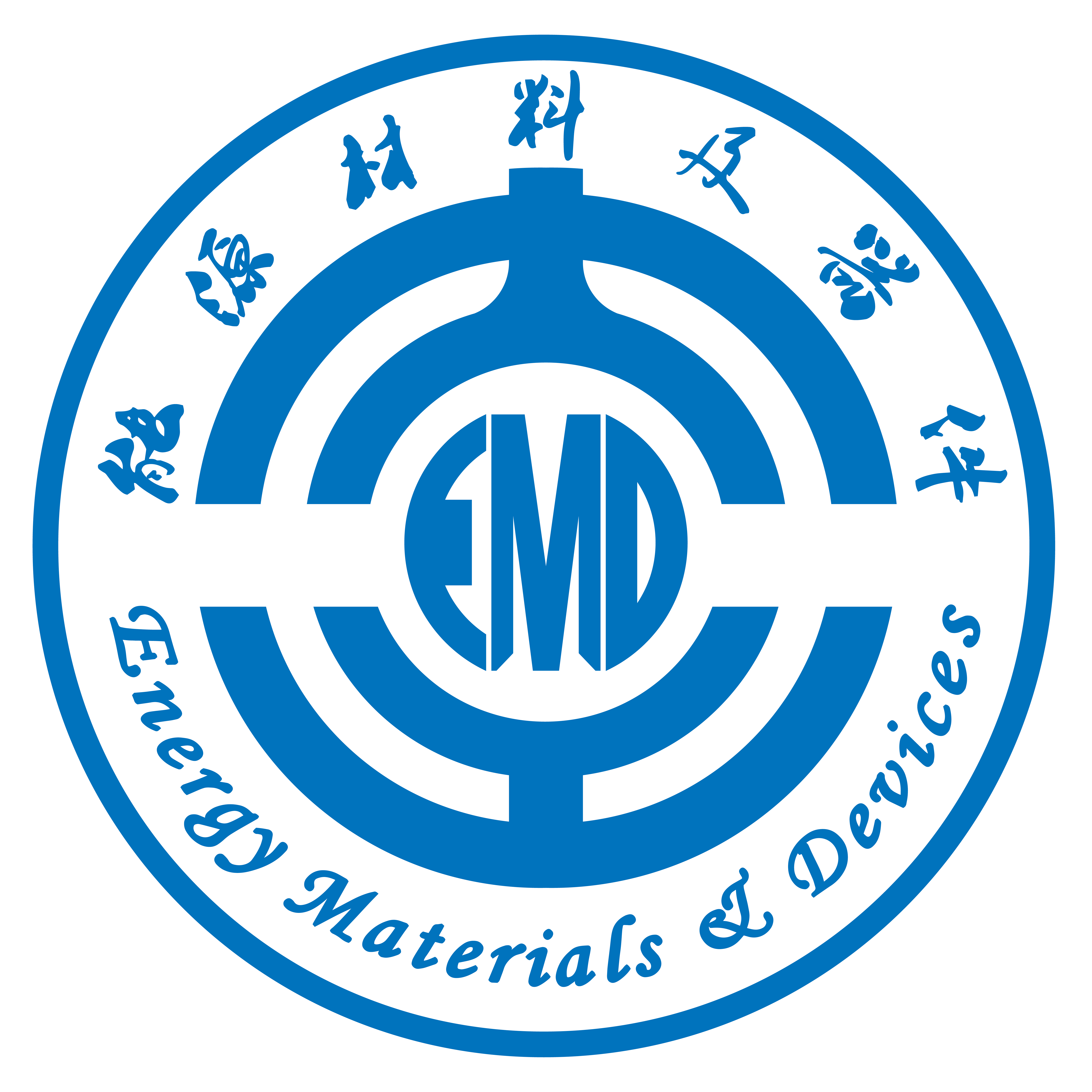Abstract: Designing suitable anode materials with high pseudocapacitance is crucial to achieve high energy density, power density and long cycle life in sodium-ion supercapacitors (SISs). Due to abundant pseudocapacitive reaction sites, good electric conducivity and structural stability, heteroatom-doped carbonaceous electrode materials provide great potential to meet these demands mentioned above. But even though possessing high heteroatom content, the carbonaceous bulk materials with undesired structure still suffer from inferior capability owing to inefficient utilization of these pseudocapacitive sites for sodium-ion storage. In this work, we report a simple but effective strategy to synthesize rich nitrogen-doped carbon on carbon nanotubes (N–C@CNTs) which possesses large surface area with a large number of mesopores and micropores. The massive introduction and retention of nitrogen heteroatoms (12 at.%) can improve electrode wettability, sodium ion absorption by generating extrinsic defects. Identified by kinetics analysis, furthermore, the nanocable construction can promote the kinetics of sodium ions and electronic conductivity to a large extent. Coupling a N–C@CNTs anode with a carbon cathode, a sodium-ion supercapacitor exhibits high energy and power density as well as capacity retention.
https://doi.org/10.1016/j.jpowsour.2020.228104

